-

-
Are you looking for all the benefits of virgin plastic, but want to reduce your reliance on fossil fuels?
Then this guide is for you!
At EcoPackables, we offer a variety of sustainable material options for packaging your products. In this guide, we’ll go over Biolaminate™, our bio-based PE option.
IN THIS GUIDE
What is Biolaminate™ ?
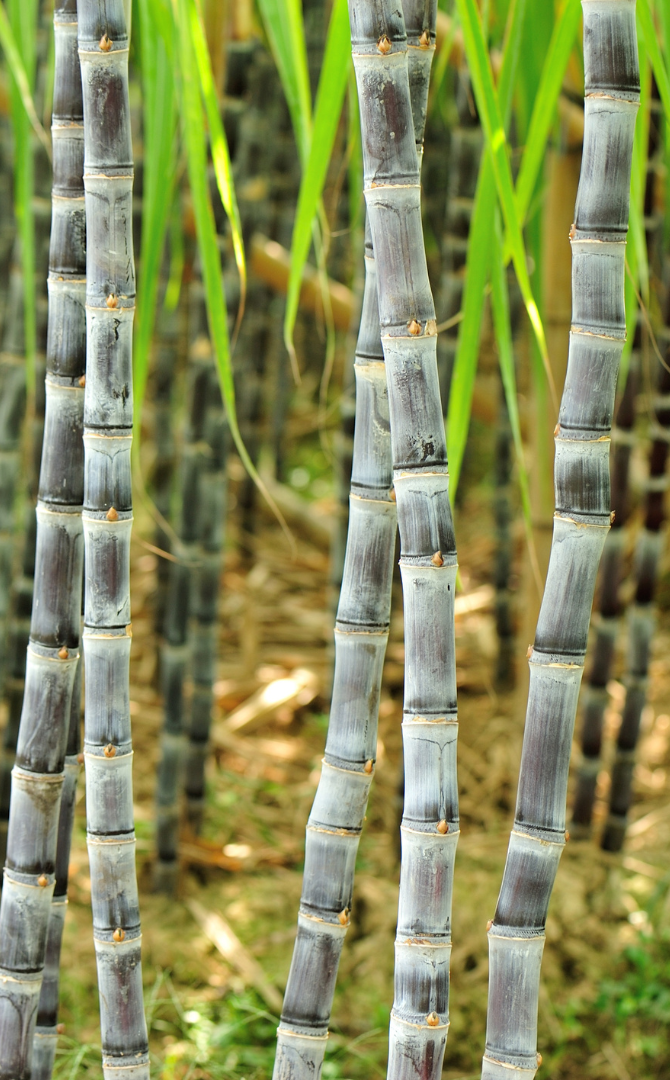
BioLaminate™ is an exciting breakthrough in sustainable materials, offering a more eco-friendly alternative to traditional plastics without compromising on performance. Derived from renewable biomass sources like sugarcane, the material is processed into ethanol—a critical ingredient in creating polyethylene (PE).
What sets BioLaminate™ apart is its affordability and recyclability, ensuring it remains accessible for a wide range of applications while contributing to circular economy efforts. As a bio-based plastic, it is chemically identical to conventional fossil fuel-derived plastics, maintaining the same high-performance standards. Whether it's durability, flexibility, or strength, BioLaminate™ delivers on par with its traditional counterparts.
During the growth phase, sugarcane absorbs carbon dioxide, offsetting a significant portion of emissions. Each kilogram of BioLaminate™ saves approximately 5kg of CO₂ compared to its fossil-based equivalent. By leveraging renewable resources instead of finite fossil fuels, BioLaminate™ combines renewability, recyclability, and high performance into a single solution.
Raw Material Properties
-
Our laminate material is made with at least 95% bio-based PE, ensuring an eco-friendly choice. The remaining 5% consists of water and essential additives required for plastic production.
-

When laminated into layers, the final bio-based content may decrease depending on the number of layers, additional materials used to create the film, and features like ink, zippers, or valves.
-

The bio-based content of the finished product ranges from 30% to 70%, depending on the specific design and requirements.
Packaging Characteristics

Recyclability and Composition
As a monomaterial, BioLaminate™ is recyclable through thin-film recycling programs (No. 4). Even when metallized or enhanced with EVOH layers for high barrier properties, these layers are usually thin enough for processing in designated soft plastic recycling schemes, though it depends on the thickness of this layer and the particular recycling facility.
Although it will never reach 100%, this material incorporates a significant percentage of renewable plant-based content. The type of lamination
does affect the renewable content.
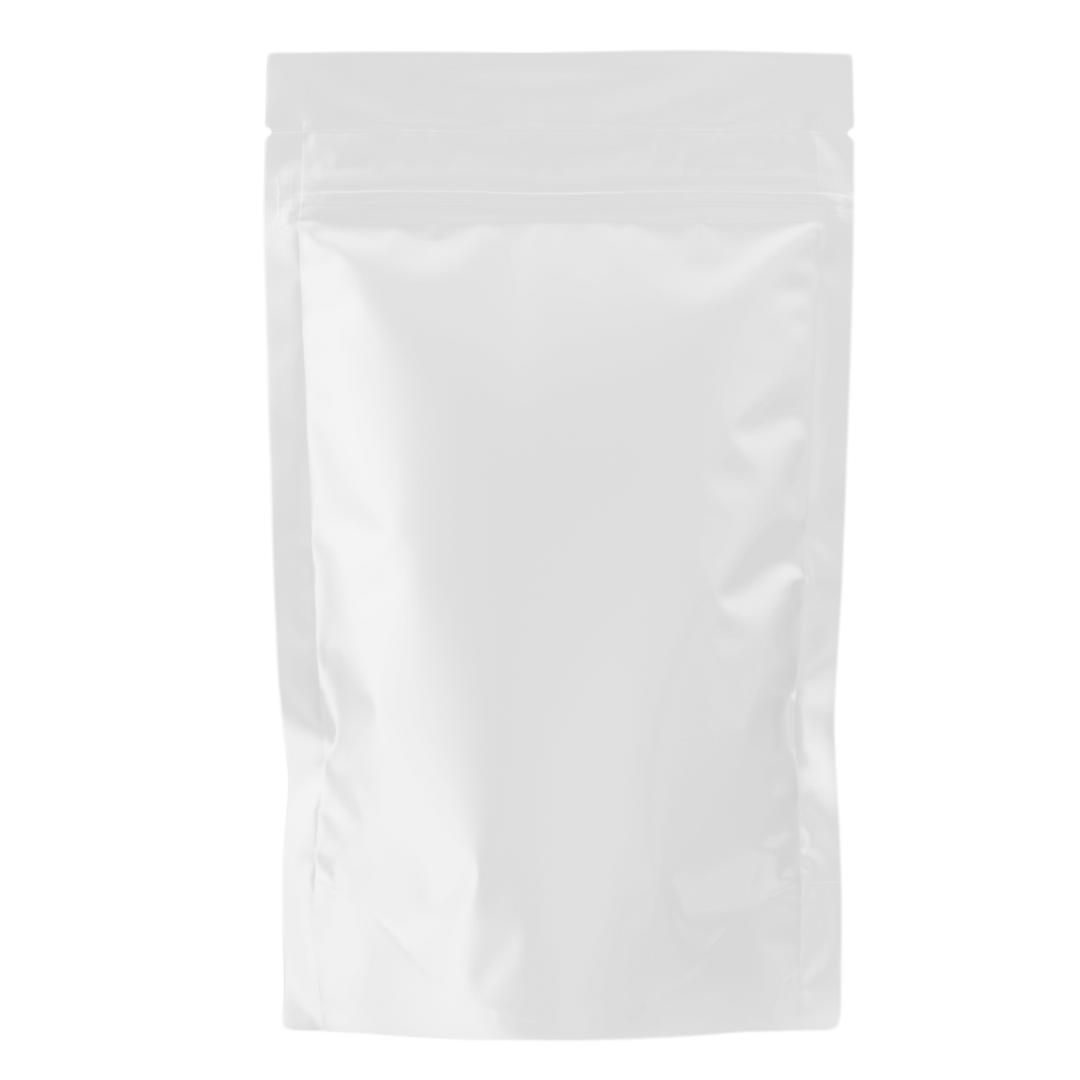
Customization and Barrier Properties
Bio-based PE is available in both low and high barrier variations, offering different WVTR (Water Vapor Transmission Rate) and OTR (Oxygen Transmission Rate) properties to suit specific product needs. It can be used for pouches, flat-bottom bags, roll stock, and form-fill-seal packaging. It can even be used for products that are shipped in dry ice.
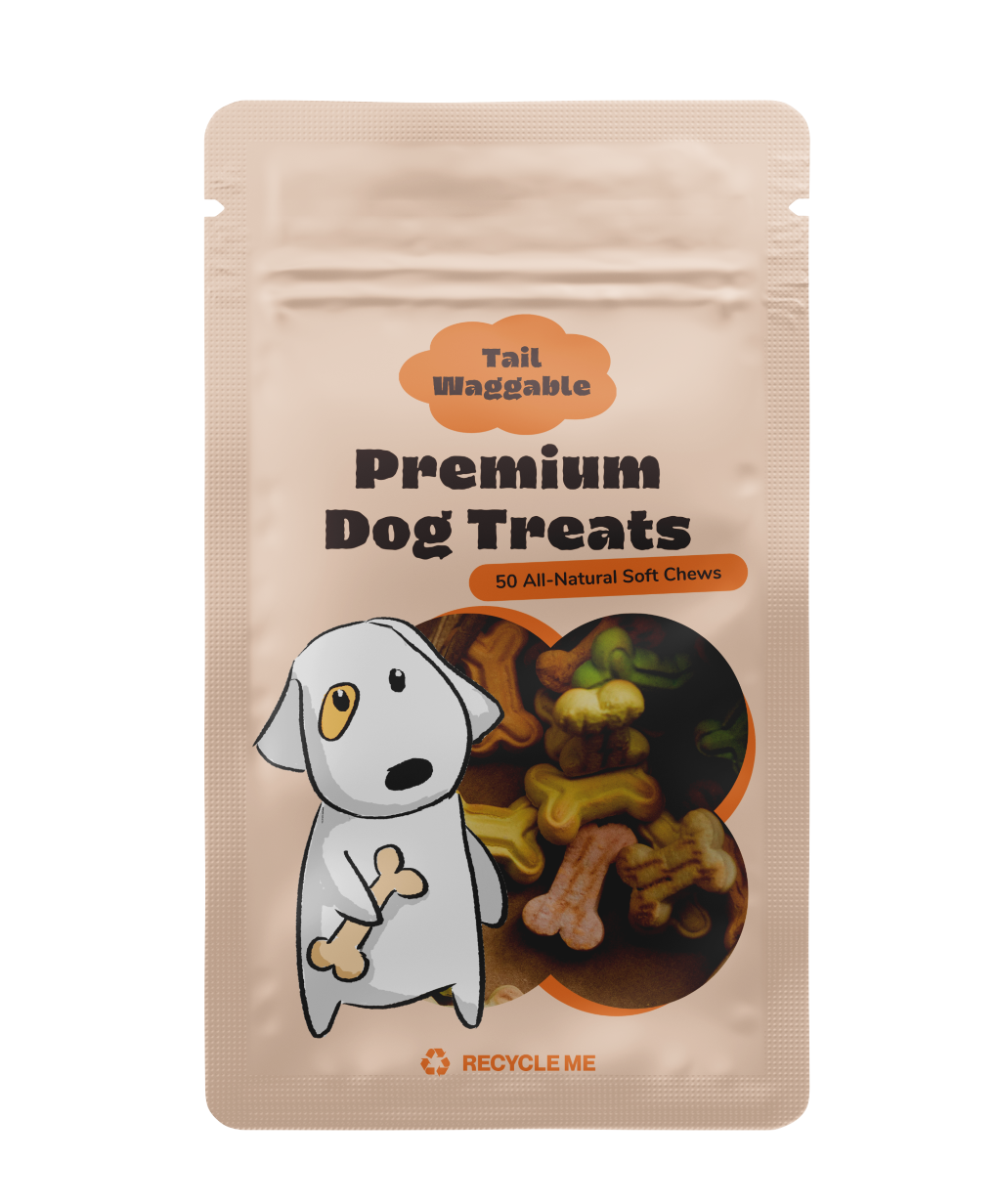
Performance Characteristics
Bio-based PE has the same properties as conventional virgin plastics, making it suitable for packaging wet and oily products plus there’s no shelf life—something compostable materials cannot reliably achieve. It offers high transparency and excellent adhesion for inks and barrier coatings, making it adaptable to various applications.
Branding and Sustainability Messaging
-

EVOH Metalized PE:
Offering UV block, and high moisture and oxygen barrier
-

EVOH-PE:
Best oxygen barrier possible; low moisture barrier
-

MDO-PE:
Mostly for packing liquid products. Can be combined with EVOH for gas barrier
-

PE/PE:
Low in oxygen and moisture barrier, but can be enhanced with additives.
EVOH Metalized PE
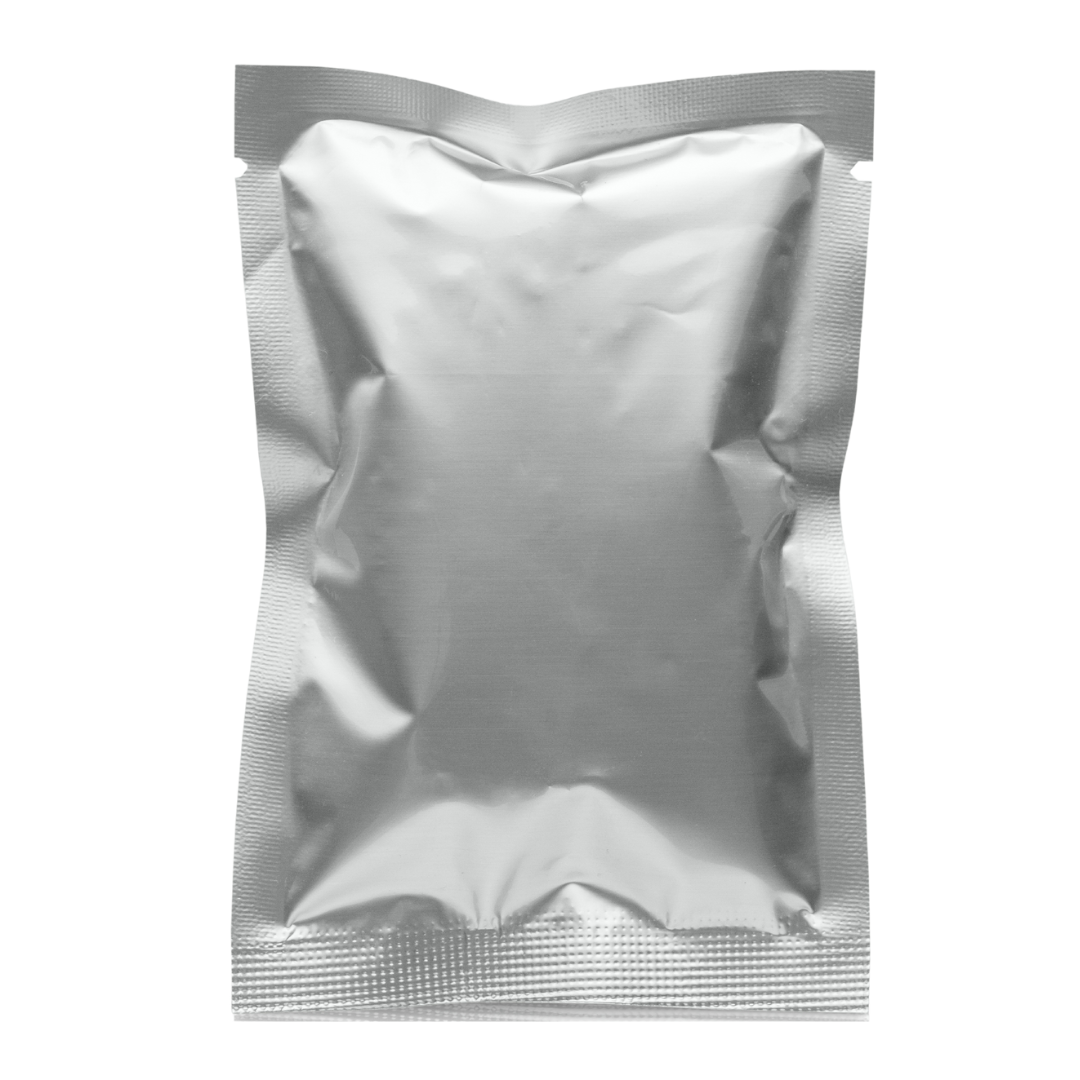
Structure:
Metalized PE: a polyethylene film with a thin layer of vacuum-deposited metal, typically aluminum. This layer enhances the film's light and moisture barrier properties, making it ideal for packaging more sensitive products.
EVOH PE: A polyethylene film featuring an EVOH (Ethylene vinyl alcohol) layer, providing superior gas barrier properties.
Adhesive Layer: Bonds the two films together.
Thickness:
The total thickness of our films typically ranges from 50 to 150 microns, tailored to suit specific application needs.
The metalized layer is extremely thin, usually less than 0.1 microns, ensuring optimal performance without compromising flexibility.
Thermal Properties:
Resistant to heat sealing temperatures ranging from 80°C to 120°C
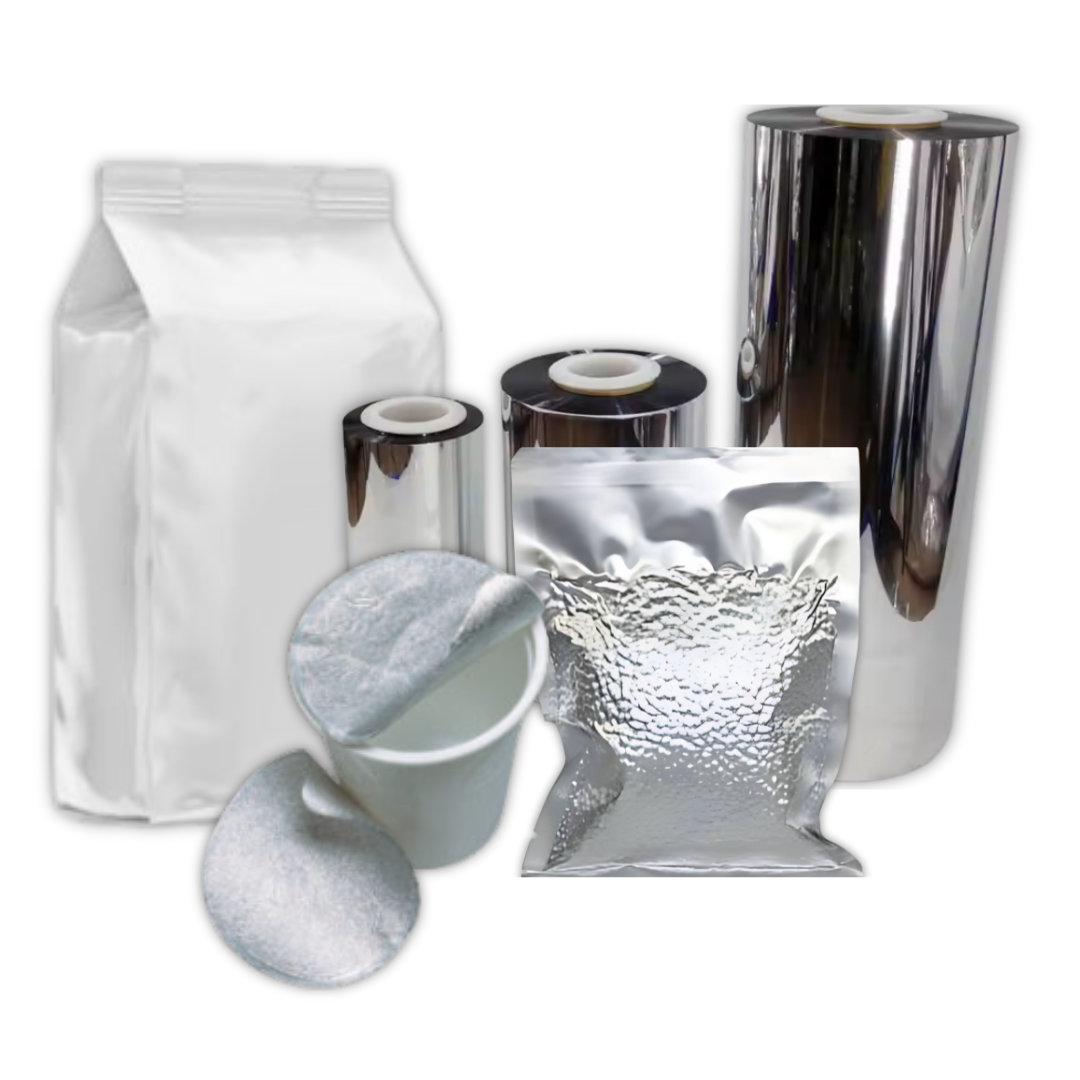
Applications:
Pouches: Stand-up, zipper, or gusseted pouches for snacks, pet food, or powdered goods.
Rollstock: Used in form-fill-seal (FFS) machines for high-speed packaging applications.
Flexible Lids: For yogurt or ready-to-eat meal containers where a combination of light and gas barrier is necessary.
Vacuum Packaging: For products like coffee or tea that require both light and oxygen barriers.
Barrier Properties:
The Oxygen Transmission Rate (OTR): is exceptionally low, reaching as low as 0.01 cm³/(m²24h0.1MPa), providing excellent protection against oxygen exposure.
The Moisture Vapor Transmission Rate (MVTR): can be as low as 0.01 g/m²/day, depending on the quality and thickness of the metallization.
The EVOH layer further improves gas barrier properties, ensuring strong performance even in high-humidity conditions.
Finished packaging has between 60-70% Bio-based PE content, dependent upon thickness. This test was done on 140um pouch.
EVOH-PE
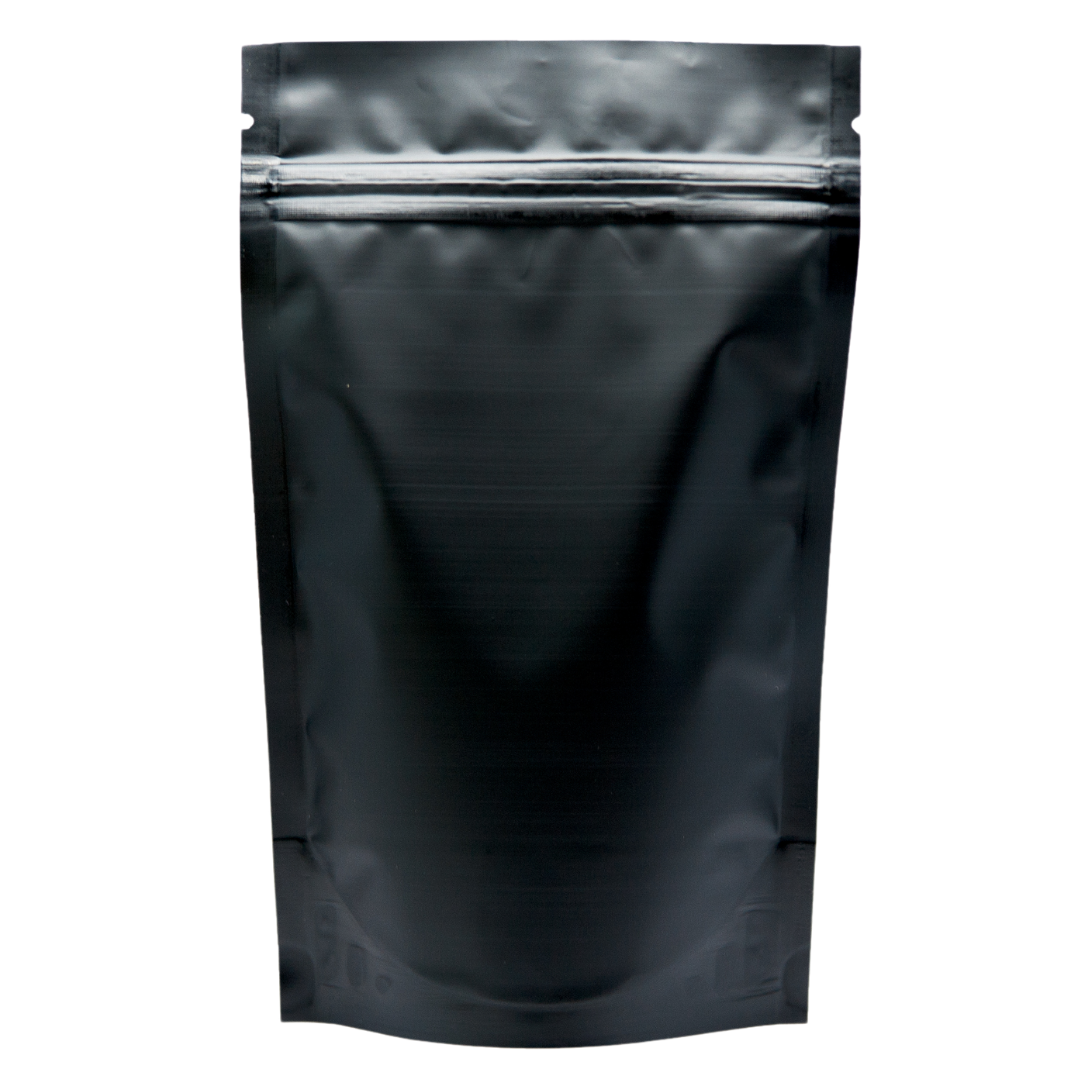
Structure:
PE: Offers flexibility, sealing capability, and mechanical strength.
EVOH: Provides a high-barrier layer that prevents the transmission of oxygen, gases, and aromas.
PE (outer layer): Typically serves as a heat-sealable and printable layer for branding and functionality.
Thickness:
The total thickness ranges from 50 microns to 150 microns or more, tailored to meet specific application requirements.
Thermal Properties:
Can withstand temperatures of 80–120°C (depending on grade) during filling or sealing processes.
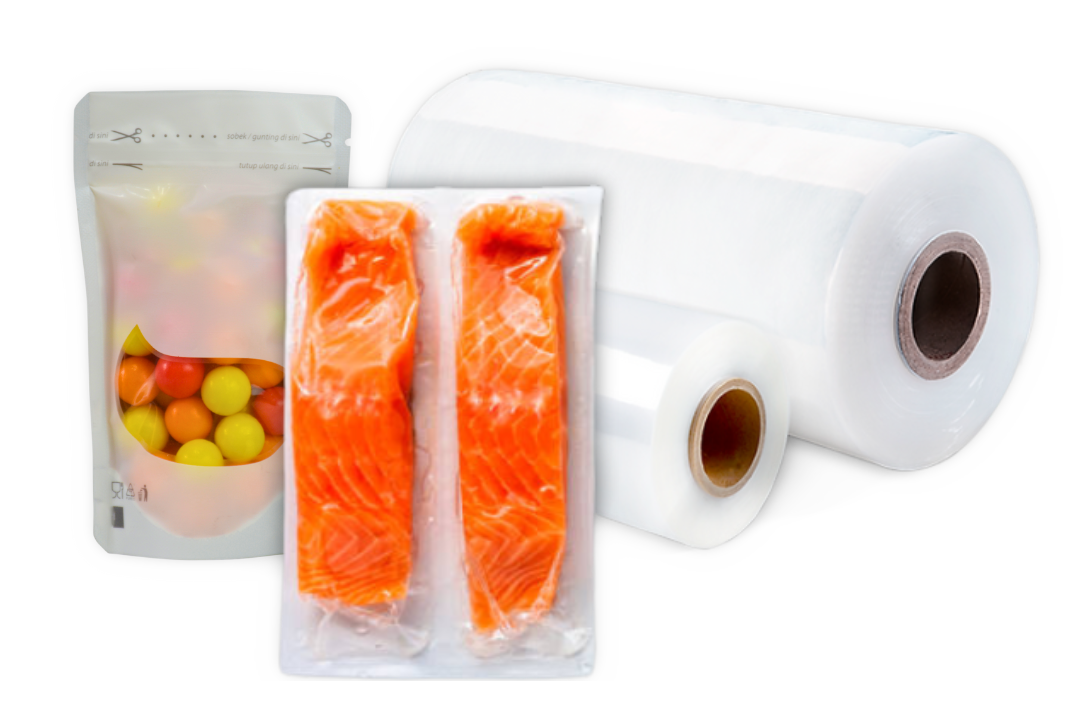
Applications:
Pouches: Stand-up pouches, zipper pouches, and flat pouches for snacks and semi-solids.
Rollstock: Used in form-fill-seal (FFS) applications for high-speed packaging of food products.
Vacuum Packaging: Extends the shelf life of perishable goods like meat, seafood, and dairy.
Barrier Properties:
Oxygen Transmission Rate (OTR): As low as 0.1 cm³/(m²*24h*0.1MPa (depending on EVOH thickness and environmental conditions.
Moisture Vapor Transmission Rate (MVTR): Depends on PE layer, typically 2 to 5 g/m²/day.
MDO-PE
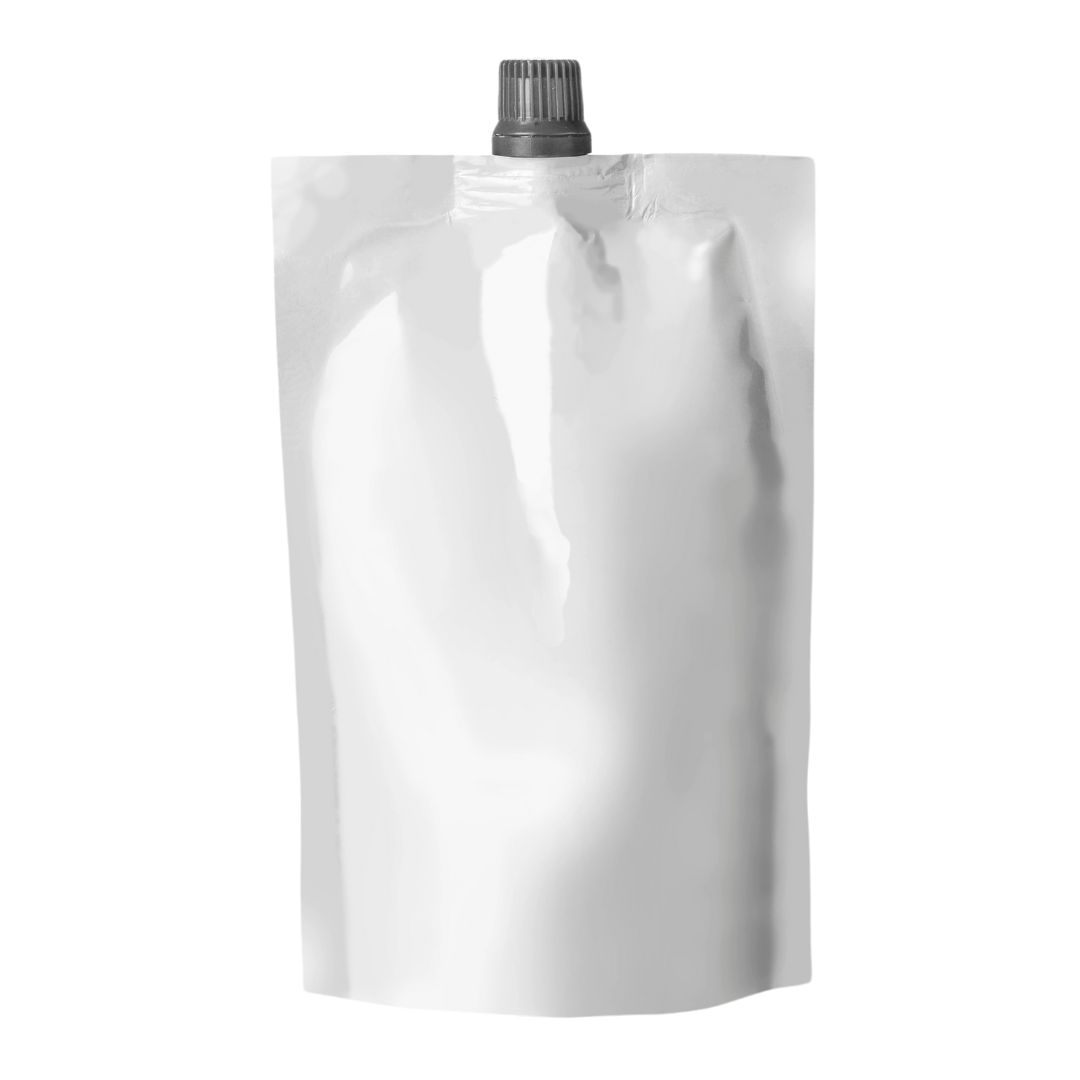
Strength:
Enhanced tensile strength and stiffness in the machine direction.
Reduced thickness while maintaining functionality (source reduction)
Thickness:
Typically ranges from 25 to 70 microns, depending on application requirements.
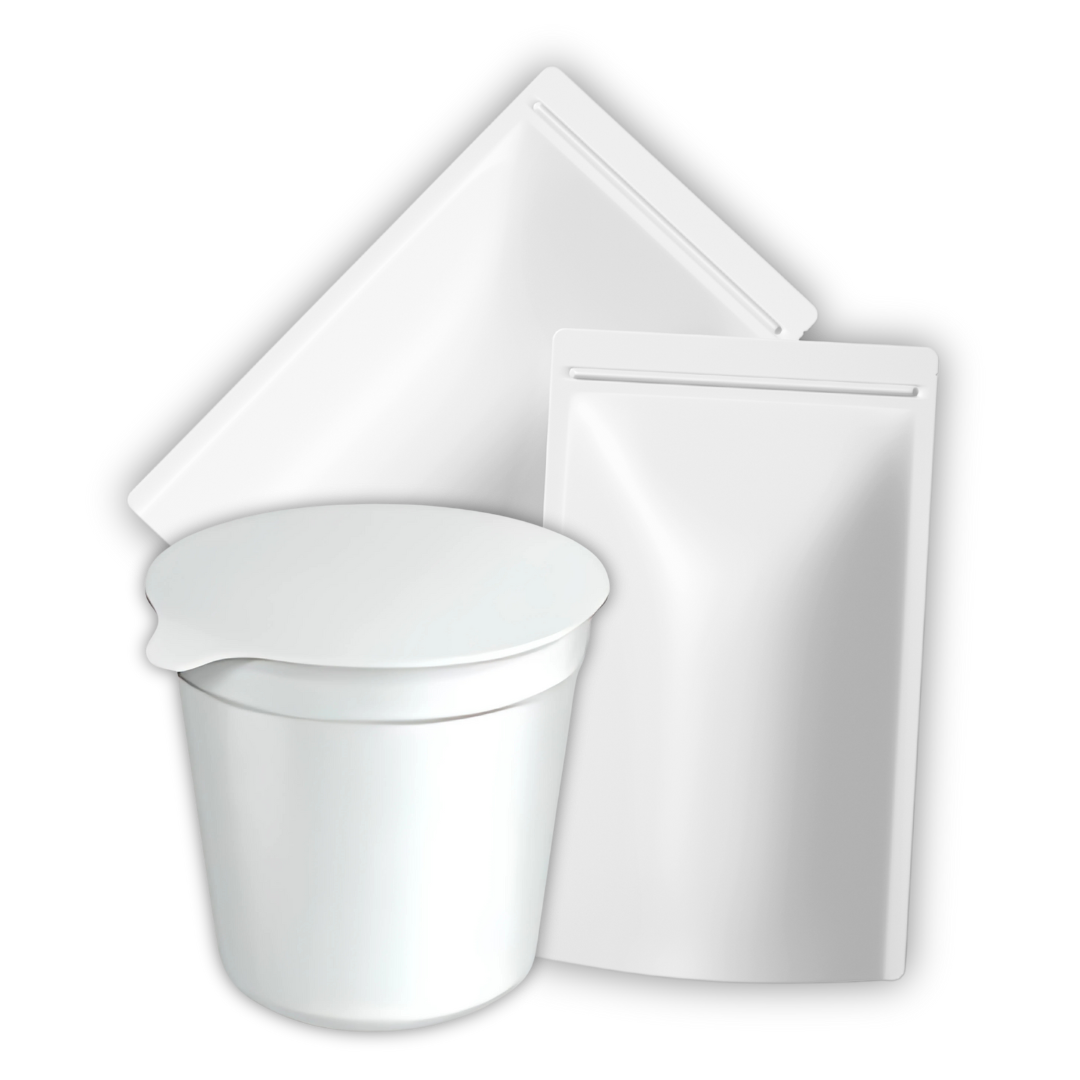
Applications:
Food packaging: Pouches for dry goods like snacks, cereals, and coffee. Wrappers for bakery products or frozen foods.
Lidding Films: For yogurt or other dairy containers, replacing more complex laminates.
Barrier Properties:
Oxygen Transmission Rate (OTR): Typical OTR: 500–2,000 cm³/(m²24h0.1MPa) at 23°C and 0% RH.
Polyethylene and MDOPE offer limited oxygen barrier properties, making them suitable for products that don't require strict oxygen protection, such as certain dry foods.
Moisture Vapor Transmission Rate (MVTR): Typical WVTR: 1–5 g/m²/day at 38°C and 90% RH.
Polyethylene provides good moisture barrier properties, making it ideal for protecting products from humidity.
MDO EVOH-PE Barrier Properties:
Oxygen Transmission Rate (OTR): EVOH greatly enhances oxygen barrier properties.
Typical OTR (depending on EVOH thickness): 0.1–5 cm³/(m²24h0.1MPa) at 23°C and 0% RH.
High-barrier EVOH grades can achieve an OTR as low as 0.01 cm³/(m²24h0.1MPa), depending on the lamination structure and conditions.
Moisture Vapor Transmission Rate (MVTR): EVOH is sensitive to moisture, which can compromise its barrier properties in high humidity. However, the PE layers on either side protect the EVOH.
Typical WVTR: 1–5 g/m²/day, similar to PE alone, as PE contributes most of the moisture barrier.
PE/PE
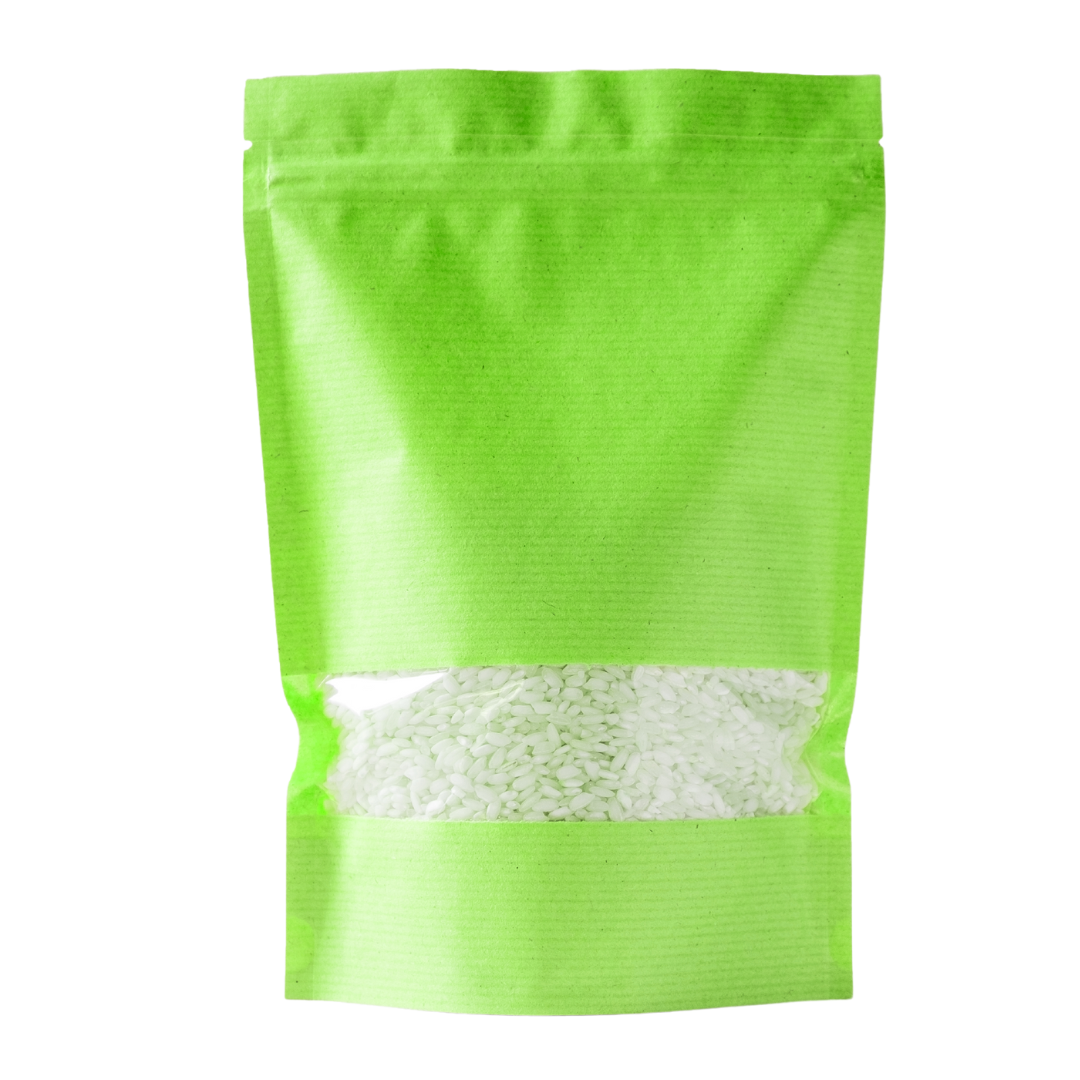
Structure:
Inner Layer: Low-Density Polyethylene (LDPE) or Linear Low-Density Polyethylene (LLDPE), ideal for heat sealing.
Outer Layer: Medium-Density Polyethylene (MDPE) or High-Density Polyethylene (HDPE), providing strength and stiffness.
Thickness:
The thickness typically ranges from 50 to 120 microns, depending on the specific application requirements.
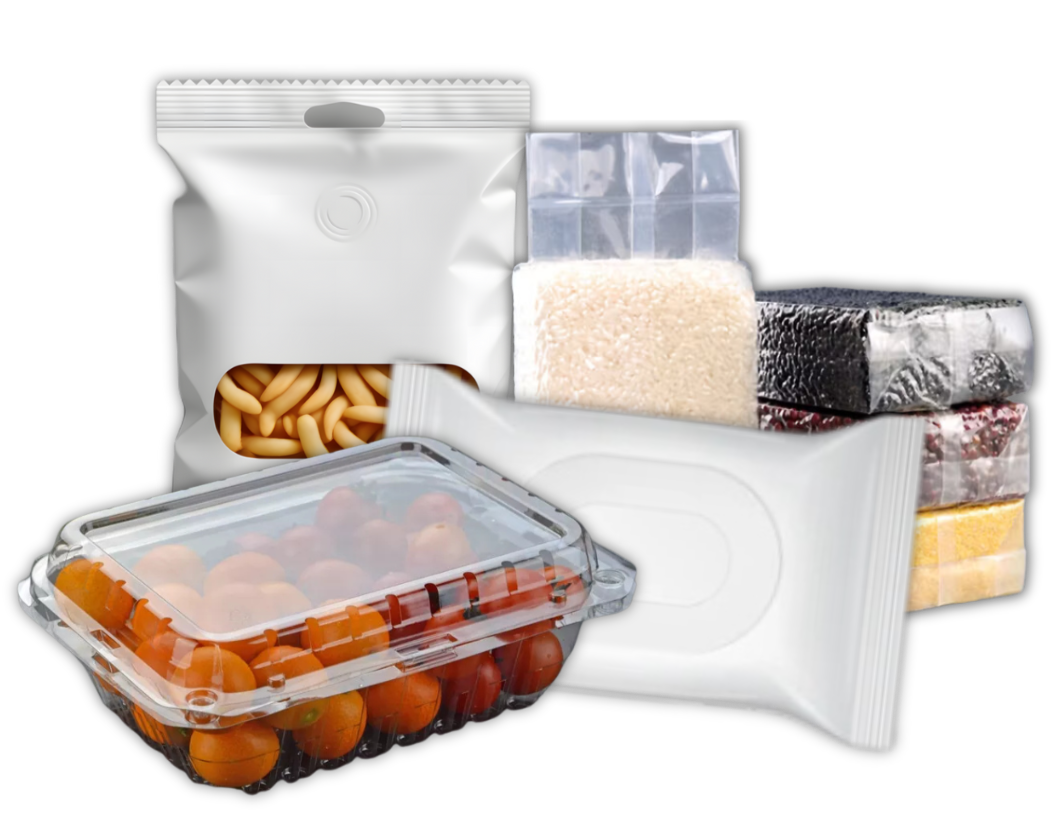
Applications:
Snacks and Confectionery: Packaging for chips, cookies, and candies that require a moisture barrier but not an oxygen barrier.
Personal Care Products: Moisture-resistant sachets for wipes or creams.
Dry Goods: Packaging for rice, grains, and flour.
Frozen Foods: Durable, moisture-resistant packaging for vegetables, fruits, and ready meals.
Barrier Properties:
Oxygen Transmission Rate (OTR): Poor, ranging from 500 to 2,000 cm³/(m²24h0.1MPa), depending on thickness.
Moisture Vapor Transmission Rate (WVTR): Good, ranging from 1 to 5 g/m²/day.
Recyclability
-
Fully monomaterial structures like PE/PE and MDO-PE are widely recyclable in flexible plastic recycling streams, as long as they are clean and dry. These options simplify the recycling process and are accepted by most facilities.
Laminated options with EVOH or metalized layers may require specialized recycling programs since not all facilities handle these materials. However, these layers are extremely thin—EVOH typically comprises 1–5% of the packaging, while the metalized layer is usually less than 1%. In most cases, their minimal presence does not significantly impact recyclability.
By balancing performance and recyclability, these materials offer versatile solutions for both product protection and sustainability goals.
-

Packaging for Dog Food
-
Dog food packaging often times requires specific laminations to ensure it holds moisture and freshness, along with durability and shelf life.
Other requirements might be:
-
Durability
Resistant to punctures and tears to ensure integrity during processing, storage, and transportation
Retort Stability
Must withstand high-temperature retort processes
-

BioPE/BioPE with specific additives is a suitable packaging for wet dog food with the above requirements.
Packaging for Cannabis products
-

PE + EVOH + PE
Why:
- Excellent oxygen barrier (preserves terpenes and cannabinoids).
- Good moisture barrier (prevents product degradation due to humidity).
Applications:
- Edibles (gummies, chocolates).
- Dried flower packaging.
- Pre-rolls.
-

Metalized PE + EVOH + PE
Why:
- Superior light barrier (protects THC and CBD from UV degradation).
- Enhanced oxygen and odor barrier.
Applications:
- High-value products (premium flower, concentrates, oils).
- Edibles sensitive to light and oxygen.












